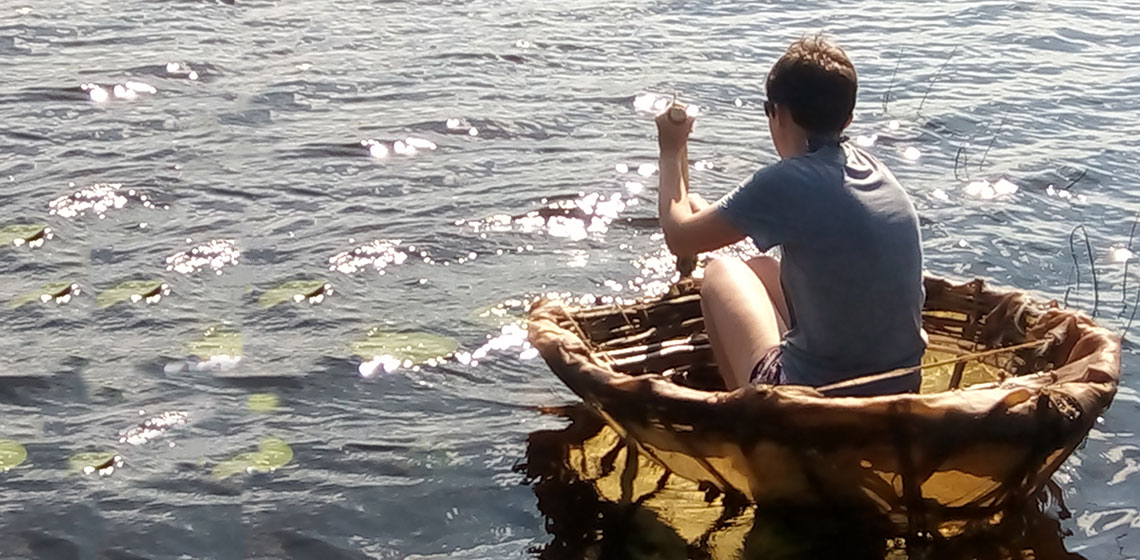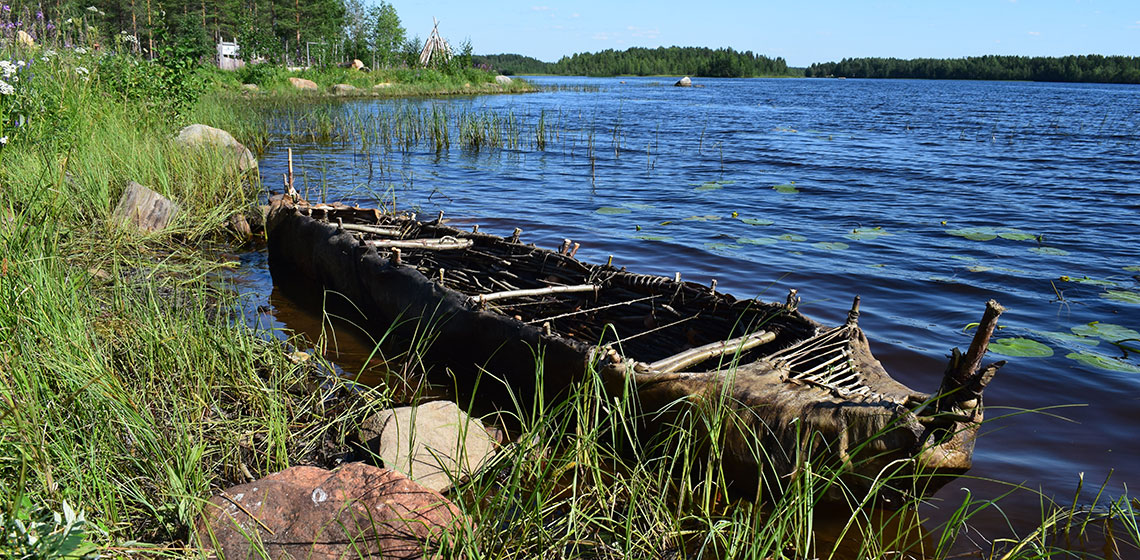skin or leather
The Construction of a Skin-on-Frame Coracle at Kierikki Stone Age Centre
The Construction of a Skin-on-Frame Canoe at Kierikki Stone Age Centre, Finland, as a Medium for Group Training in Ancient Skills and Experiential Learning
From Gastonia to Gotha: My Thoughts and Impressions on doing Museum Work
Leather
Tanned skin of an animal, for example as used for clothing.
Could they already weave textiles in the Iron Age (NL)?
Absolutely, textiles are already known from the Stone Age. In these areas, little is found (in sandy soils, this is not preserved that well), but there are many clues, like weaving weights, belts and pins et cetera. The surely still used animal furs but textile was in well use. The value of it was much more than today, however...
What kind of clothes did the Neandertal people wear (CH)?
We know much too little about that because clothes do not remain conserved in the soil for such a long time. We can presume however, the Neanderthal used this what they had to their disposal...
What kind of clothing did people wear in prehistory (NL)?
There has been only a limited number of finds of clothing in the Netherlands. Therefore, the reconstructions we show at Archeon are based on many assumptions and foreign finds, mainly from Germany and Denmark...
Didn't medieval shoes have soles and didn't they wear out very soon (NL)?
Medieval shoes had merely a thin sole. To prevent this from wearing out too fast, but also in order to prevent the feet from getting wet, people wore wooden shoes called "trip". These are a kind of wooden slippers which could be worn over the shoe. Experiments show that such shoes are worn out after a couple of months. Probably the medieval people then bought a new pair or had the old ones fixed.
What did Romans wear (NL)?
In Rome and in the Mediterranean parts of the Roman empire, the sun’s warmth enabled Romans to wear next to nothing. The tunic, a long t-shirt like garment, was the most common piece of clothing. Women could add a kind of long cape, the palla...



